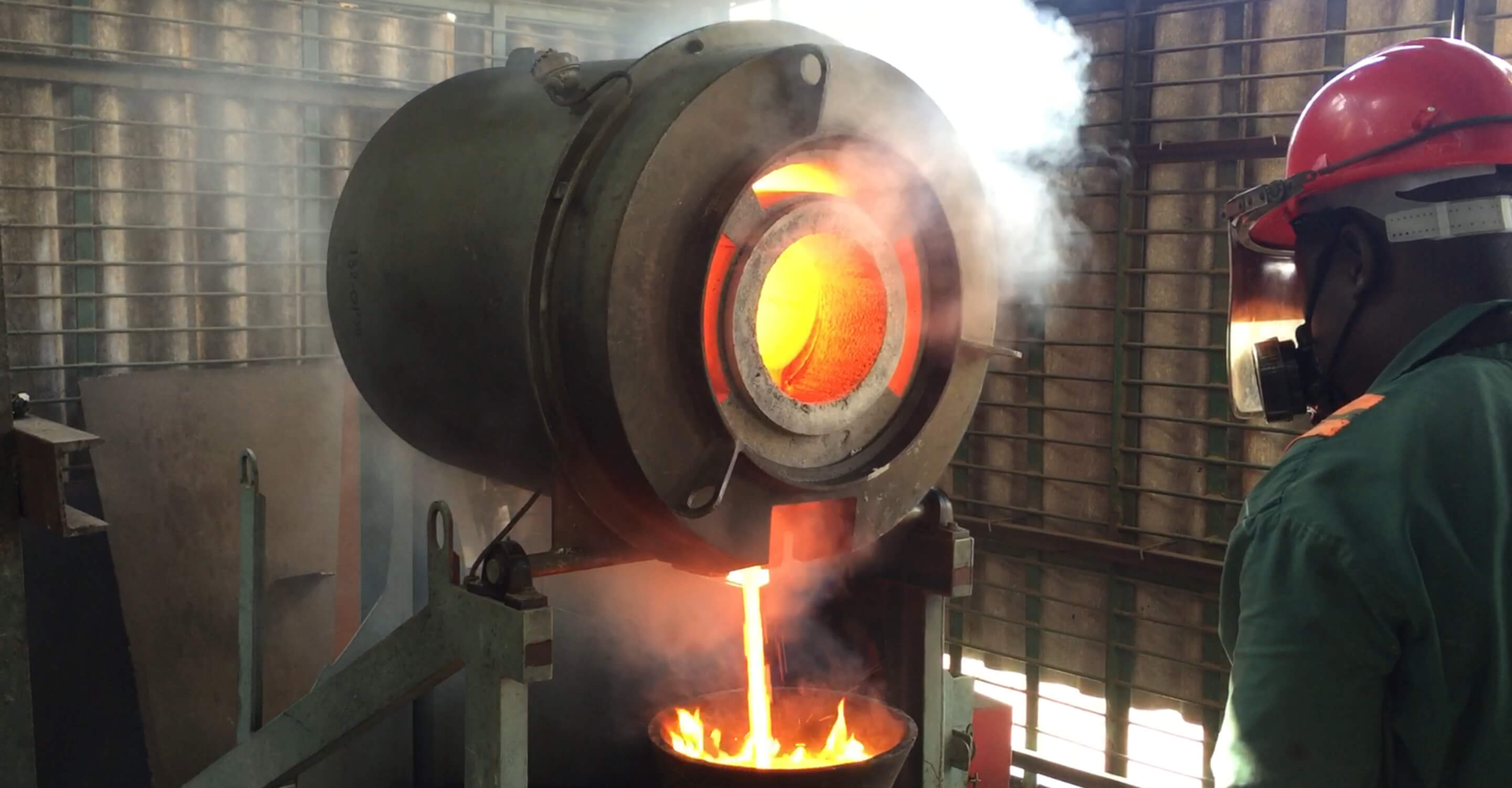Pricing gold and silver as money
By Danny Furman
Recently, I argued that gold and silver are so underowned that assigning target prices to either is a pointless task. The global population today is far greater than any prior time and, unlike most of human history, gold and silver are not exchanged for goods or even widely considered an investable asset class.
Certainly gold and silver, being hard assets, have surged in price along with inflation expectations as quantitative easing continues to dominate the investing world. Inflation fears made headlines in early 2008 as well, immediately following all-time highs in the S&P 500, Dow Jones Industrial Average and many other worldwide stock indexes.
After crashing together in mid-2008, commodities broadly experienced significant appreciation both in early 2009 and late 2010, as QE1 and QE2 respectively drove expectations and actions of investors. Generally speaking, commodities peaked in mid-February 2011 and have sold off since. Sugar, wheat, copper and platinum are basically flat thus far in April and well off February highs. Gold and silver, on the other hand, have rallied hard in recent weeks and sit well above 2008 peaks. Most unusual has been the divergence between monetary metals versus platinum and palladium.
Much like silver, platinum and palladium benefit in price from demand both as investments and industrial components. Platinum and palladium are more scarce, yet neither is used or demanded as widely as silver. They therefore are very sensitive markets, display massive volatility and often lead larger, slower moving sectors. Still, barring extreme conditions platinum and palladium generally trade in lock-step with silver.
With Platinum still 20% off 2008 highs and Palladium 10% below its peak for 2011, gold and silver currently appear to be on a journey of their own. Recent market action suggests an epic shift may finally be taking place, with the general public returning to gold and silver as money. Instead, of gasping at the great disparity between current and “ideal” perceptions of money, it is important now to put a target price on precious metals as the most crucial piece of the puzzle takes shape. To find the value of PMs as money we can simply divide the supply of gold and silver by that of fiat currencies.
This surprisingly uncommon revelation came to me via renowned economist Jim Rickards. In a presentation at Johns Hopkins University, he takes a dynamic approach to monetary systems, explaining economies as physical entities subject to many quantified factors. With regard to PMs regaining appreciation as money, Rickards points to critical levels among populations of varying size. For example, a population of 1000 will entirely reject a currency once 100 individuals reject it. That population then triggers an avalanche of rejection, starting with the next largest grouping and eventually affecting entire states and nations.
While Rickards does not predict when repatriation to precious metals will occur in the United States, he does predict that it will happen. As the global reserve currency, Rickards suggests that money supply values gold between $4,000 and $11,000 per ounce. He does, however, advocate a partial backing of currencies with gold to allow greater flexibility for central banks and structure for all citizens. With central banks were required to back currencies with 40% of their value in gold, Rickards comes up with a price of $3,000 to $7,000 per ounce.
While we may never return to days of hard currencies, the historical significance and potential power of gold and silver are paramount. They represent scarcity and can be used by central banks to encourage fiscal conservatism and economic stability. With current trends in tact and a stable monetary base, $3,000/oz gold is a conservative target. Expanding the monetary base would raise the target proportionally. Rickards does not discuss silver prices in the presentation, however I am partial to historically common ratios of 35-1 and 15-1. In 1480 an ounce of silver was worth an ounce of gold and in recent decades the ratio has flirted with 100-1, displaying extremes that coincide with changes in global monetary perception. With gold at $3,000/oz and a 15-1 gold-to-silver ratio, we get a fairly aggressive target for silver of $200/oz.
Investors can benefit from a continuing repatriation to “real money” by owning it in the form of coins, bars, shares of funds that hold bullion or shares of mining companies.
{{ commodity.name }}
{{ post.title }}
{{ post.date }}

Comments
gold price in today
Discussed a lot about this information until I found this wonderful site Thank you